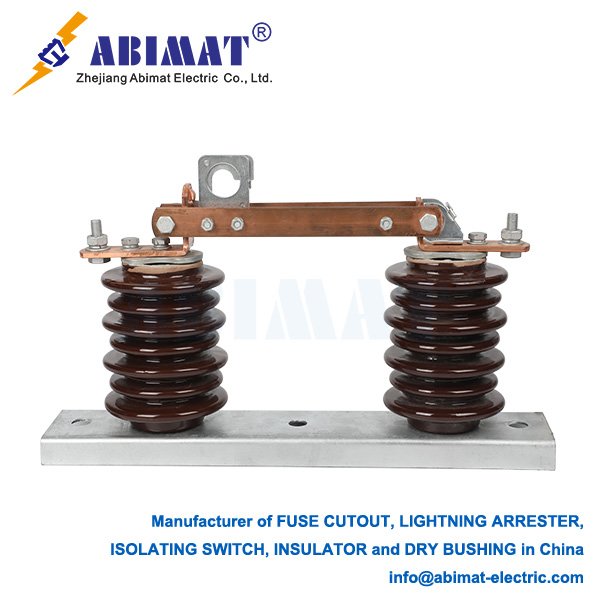150 kV Disconnecting Switches: Critical Components for High-Voltage Safety
A 150 kV disconnecting switch—also called an isolation switch—is a basic safety device in high-voltage electrical networks. Its main job is to make a clear, physical gap in circuits that have no power. This gap keeps things safe when people do maintenance or repairs. It can’t stop electric arcs, though. You have to use it only after the upstream circuit breakers have turned off the load current in the circuit.
Visible isolation is a big part of how it works. It gives a clear visual sign that the circuit is disconnected. This is more important for safety than just using electrical indicators. The switch has a contact setup with two breaks per phase. These two gaps in a row make the dielectric strength much better than switches with just one break. That’s good for reliability at 150 kV.
It uses strong motorized drives—usually brushless DC motors—to move. These drives have closed-loop control for position and speed. This precise control stops the switch from being only partly engaged, which would be unsafe. It also makes sure the switch works the same way no matter the environment. For insulation, it uses high-strength polymer composite or porcelain insulators. These are made specifically to handle 150 kV, including the system voltage and sudden high-voltage spikes.
Electrical integrity is key for safety and performance. The switch is built to handle standard power frequency voltages—like 275 kV AC—and lightning impulse voltages, such as 650 kV BIL, following IEC 62271-102. It keeps its insulation working even when there’s a transient recovery voltage (TRV).

Interlocking systems are a must. They connect mechanically or electrically with the related circuit breakers. This stops the switch from being used when there’s a load, which could cause a terrible failure.
Environmental protection matters too. Mechanical parts are made of alloys that resist corrosion. Composite insulators have hydrophobic silicone rubber coatings. These features stop pollution, salt fog, or industrial contaminants from making the switch work worse. The switch is also built to last, with a mechanical life of at least 10,000 operations under rated conditions. That means it can be reliable for a long time.
150 kV disconnecting switches are essential in substations. They isolate transformers, bus sections, feeders, and transmission lines. You’ll also find them in renewable energy places—like solar farms and wind parks. There, they isolate DC arrays and connect to the grid.
Modern switches have digital signal processor (DSP) control systems. These systems watch the blade position, motor torque, and operating speed in real time. This helps with predictive maintenance and finding problems, like jamming or the switch not closing all the way.
New ideas are coming in, too. People are adding IoT sensors to check the switch’s condition all the time—things like contact resistance and how dirty the insulators are. They’re also trying hybrid designs with solid-state parts. These could work for special cases where you need to interrupt without an arc.
Design, testing, and certification follow strict international standards. IEC 62271-102 sets rules for requirements, dielectric testing, mechanical endurance, and temperature rise tests. ANSI/IEEE C37.32 has American standards for ratings, construction, and testing. Independent groups like KEMA or UL check that the switches meet these standards and are safe.
Disconnecting switches only work as isolation devices. You have to follow strict steps to use them. First, turn off the circuit with the upstream circuit breaker. Then, check that there’s no voltage. Next, move the disconnecting switch to the open position. Finally, put on lockout/tagout (LOTO) safety devices.


